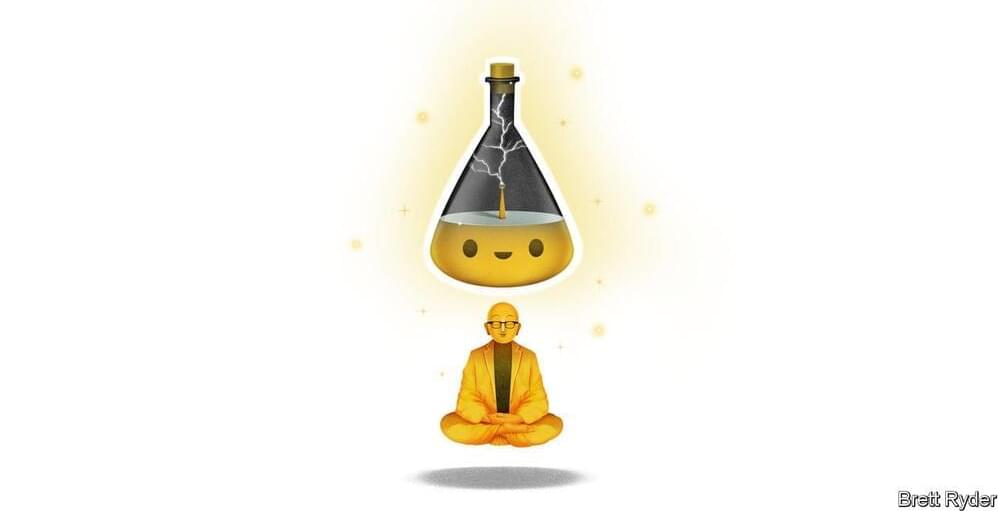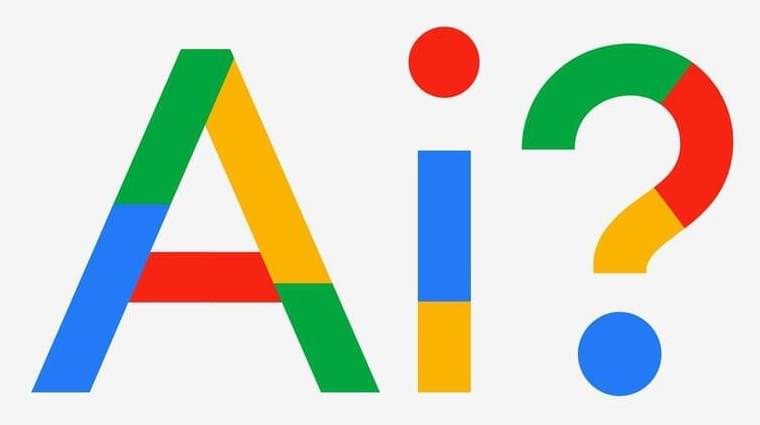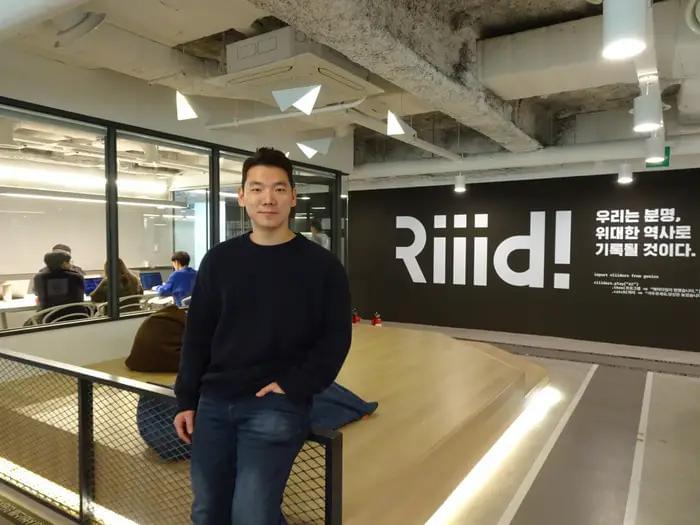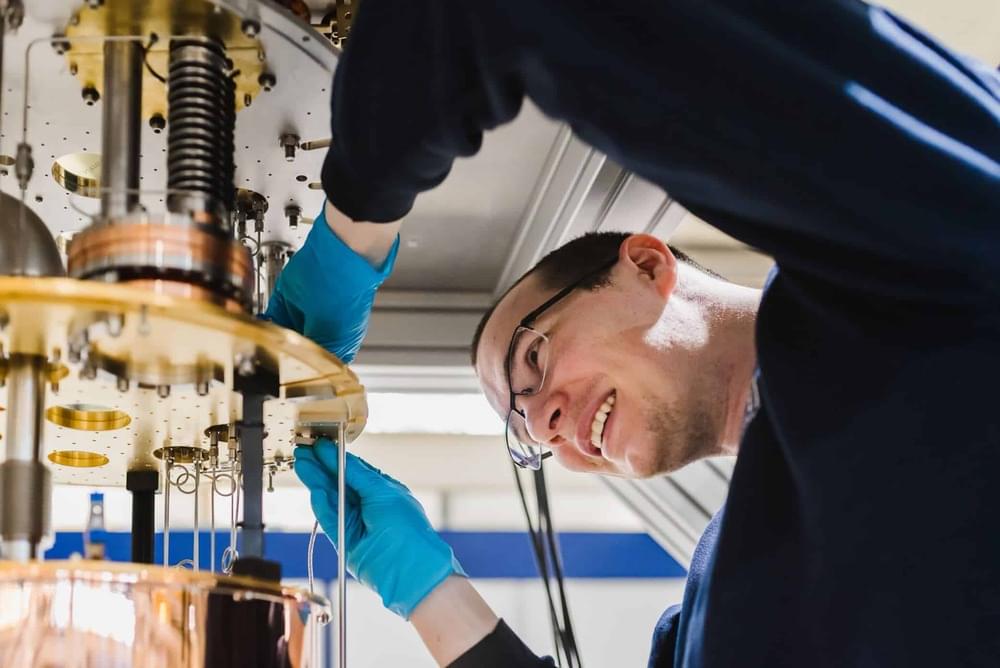Last month, the Federal Reserve rejected crypto bank Custodia’s application to join its ranks, casting doubt over whether the Office of the Comptroller of the Currency will give final approval to crypto companies Protego and Paxos’ applications for national trust bank charters.
“The U.S. government is using the banking sector to organize a sophisticated, widespread crackdown against the crypto industry,” Carter wrote.
“And the administration’s efforts are no secret: they’re expressed plainly in memos, regulatory guidance, and blog posts. However, the breadth of this plan—spanning virtually every financial regulator—as well as its highly coordinated nature, has even the most steely-eyed crypto veterans nervous that crypto businesses might end up completely unbanked, stablecoins may be stranded and unable to manage flows in and out of crypto, and exchanges might be shut off from the banking system entirely.”








